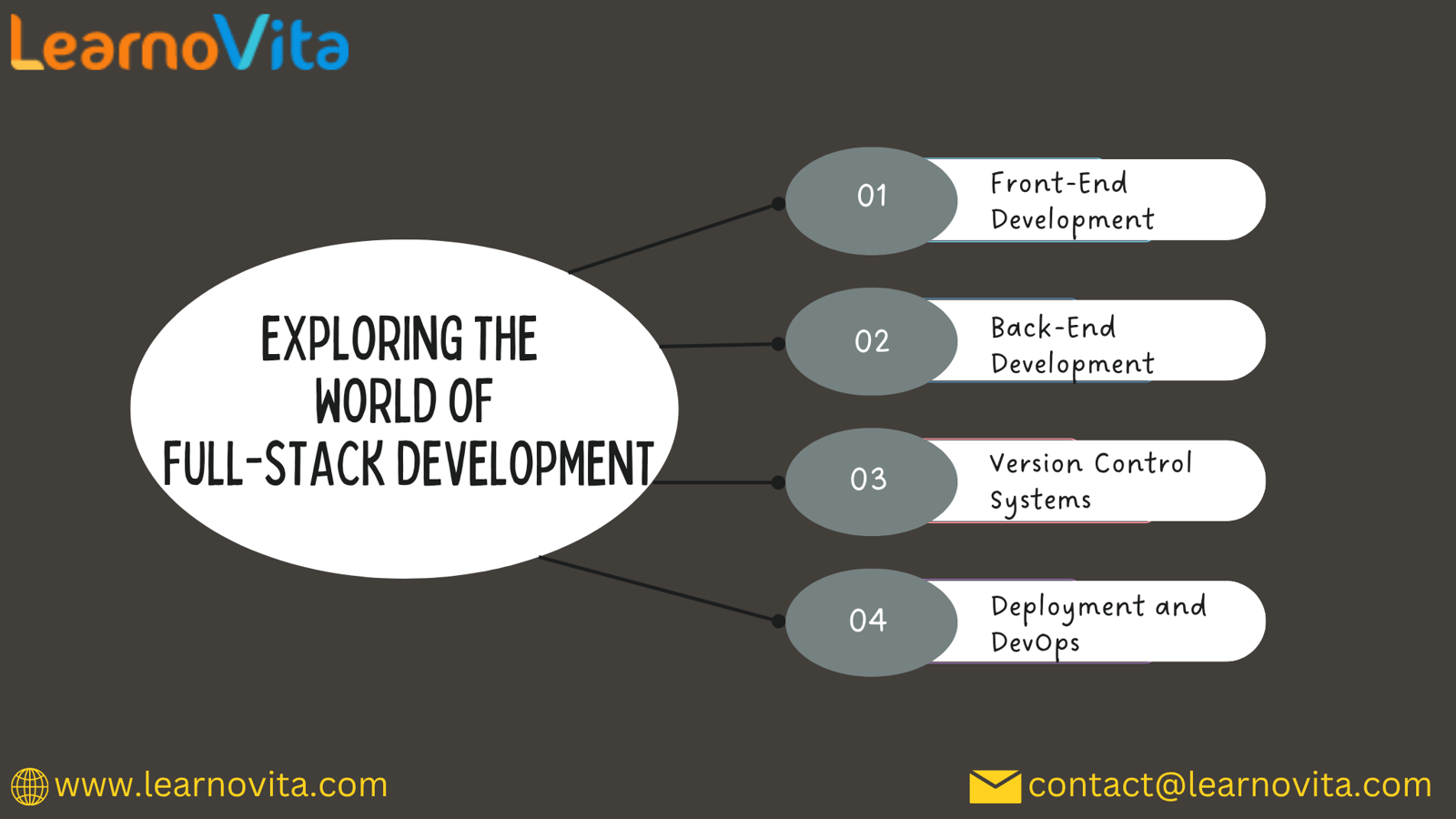The Comprehensive Guide to Full-Stack Development
Full-stack development is an invaluable skill in the tech industry, as it allows developers to work on both the front-end and back-end of applications. This guide will provide insights into what full-stack development entails, the technologies involved, and how to become a proficient full-stack developer.
If you want to excel in this career path, then it is recommended that you upgrade your skills and knowledge regularly with the latest Full Stack Developer Online Training.

What is Full-Stack Development?
Full-stack development refers to the development of both the client-side (front-end) and server-side (back-end) of web applications. A full-stack developer is proficient in multiple programming languages, frameworks, and tools that are used to build and manage applications.
Key Components of Full-Stack Development
-
Front-End Development
- Involves everything that users interact with directly in their web browsers.
- Commonly used technologies:
- HTML: The standard markup language for creating web pages.
- CSS: Used for styling and layout of web pages.
- JavaScript: A programming language that enables interactive web pages.
- Frameworks: React, Angular, and Vue.js are popular choices for building dynamic user interfaces.
-
Back-End Development
- Focuses on the server-side of applications, managing databases, servers, and application logic.
- Commonly used technologies:
- Languages: Node.js, Python, Ruby, Java, and PHP.
- Frameworks: Express.js (Node.js), Django (Python), and Ruby on Rails.
- Databases: MySQL, MongoDB, PostgreSQL, and SQLite.
-
Version Control Systems
- Essential for collaborative projects and code management.
- Git: The most widely used version control system, often hosted on platforms like GitHub or GitLab.
- Deployment and DevOps
- Involves deploying applications and managing operational aspects.
- Tools and platforms: Docker, Heroku, AWS, and Azure.

Learning Path to Full-Stack Development
-
Start with the Basics
- Learn HTML, CSS, and JavaScript as foundational skills.
- Build simple web pages to practice these skills.
-
Dive into Front-End Frameworks
- Choose a framework (e.g., React) and build projects to deepen your understanding.
-
Explore Back-End Development
- Learn a back-end language and framework (e.g., Node.js with Express).
- Understand how to connect to databases.
-
Work on Full-Stack Projects
- Create projects that integrate both front-end and back-end components.
- Use version control to manage your projects.

Comments
Post a Comment